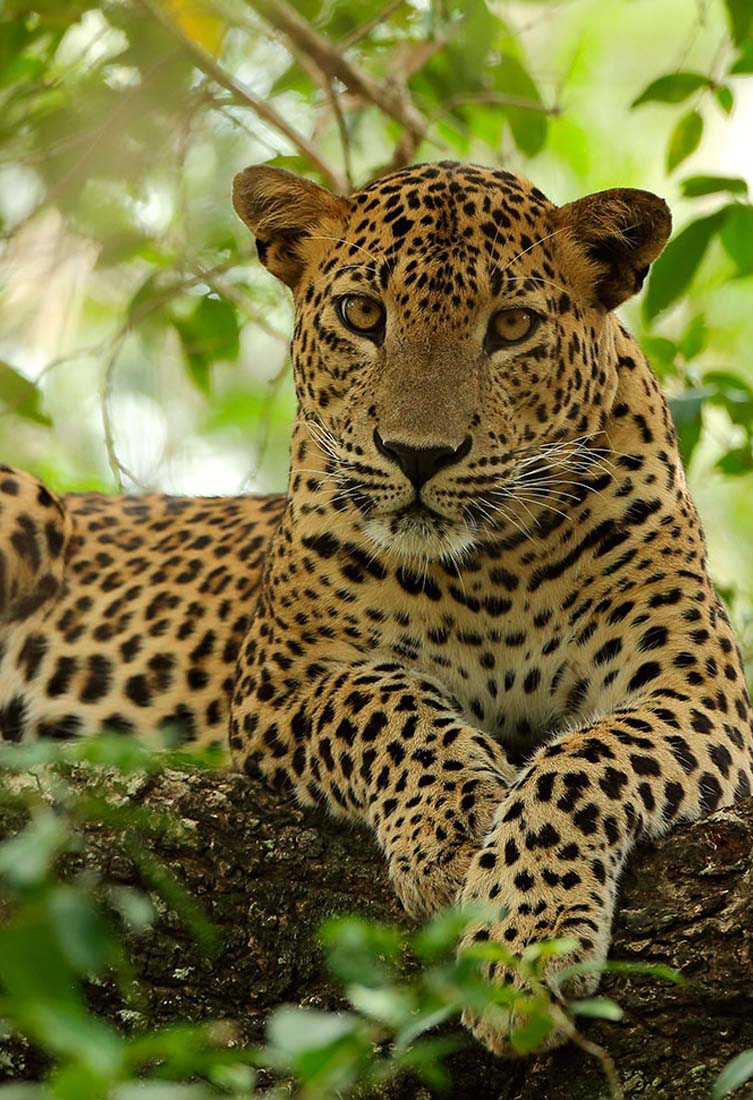Nuwara Eliya
The little England, rest & recuperate centre of the colonial British tea planters and dignitaries on this far flung corner of their empire. The smoking steeples, British Tudor style architecture, misty mountains covered in Tea, and a lake to stroll along feeling like a civil servant of the British Empire. The best of the aromatic teas come from this region as the climate is close to a temperate zone with temperatures falling well below 12 degrees during December to February having
Kumana National Park
Located in the Eastern part of Yala National Park holds its own as a bird sanctuary at the same time being home to some of the larger mammals found in Yala west park. Highlights of Kumana is the large estuary fed by “Kumbukkan Oya” and most of the bird that nest at Kumana use this mangrove swamp during May – June to raise their young. Pelican is the most common while the rarest bird spotted here is black necked stork. The
Wilpattu National Park
Located 30km west of Anurdhapura, and to the south of Wilpattu National Park is River Modergam Aru; to the north is River Kalay oya. February to October is the best time to visit Wilpattu. Wilpattu National Park has a good network of gravel roads, particularly between the water holes which are the best places to observe wild life. A unique complex of over 50 wetlands like “everglades” called “Villu” is the most prominent feature of the national park jungle. Jeep
Arugambay
Hailed as one of the best surfing destinations in the world, many events are held each year under the patronage of Sri Lanka Tourism Authority to promote this beach, the ones to watch are regional championships held each year in May – June. Arugambay is located on southeast corner of the island in close proximity to Kumana, which is one of the best places for birdwatchers, and Lahugala another destination to observe elephants in Sri Lanka. Further inland rising out of
Trincomalee
One of the finest natural deepwater harbours in the world, located in the eastern seaboard of Sri Lanka approximately 245km from Colombo. There is an account of “Gokanna”, as it was known during the Anuradhapura and Polonnaruwa period, attracting great sea fares in the calibre Marco Polo and Ptolemy. The empire building British fortified it with fort Fredrick, which stands guard to this day with cannons intact, the approach of the natural harbour the other is the small Dutch fort
Polonnaruwa
Another UNESCO world heritage site, according to the chronicles, during the 12th century a prince of great metal and physical vigour hailing from the Rohana (Southern part of Sri Lanka) forced his way to the throne of Sri Lanka as King Prakrama Bahu the great. Establishing himself in Polonnaruwa, a capital worthy of authority and ambition of the ruler, he proceeded to show himself as a successful warrior and a great administrator, during which time he, through a medium of
Anuradhapura
A UNESCO world heritage site and one of the oldest continuously inhabited cities of the world, Anuradhapura, founded in 380 BC by Prince Pandukabhaya according to the historical chronicle “Mahawamsa”, testify in a unique and specific way to the ancient Sinhalese civilizations architectural and irrigation prowess. The city quickly became both the capital of Sri Lanka and the sacred city of Buddhism on the island due to Mihintale, where apostle “Arahath Mahinda thero”, the son of the great Indian Emperor
Minneriya National Park
Minneriya National Park is located 182 kms away from Colombo, in the North Central Plains of Sri Lanka. The major city closest to Minneriya National Park is Polonnaruwa. The recently renovated, the ancient Minneriya Rainwater Reservoir irrigates a considerable area of the district of Polonnaruwa and is the focal point of the Minneriya National Park. May to October is the best period to visit Minneriya National Park in view of the famous Gathering of the wild elephant herds. The gathering
Kaudulla National Park
Kaudulla National Park is a national park on the island of Sri Lanka located 197 kilometres (122 mi) away from the largest city, Colombo. It was designated a national park on April 1, 2002 becoming the 15th such area on the island. In the 2004–2005 season more than 10,000 people visited the National Park, generating an income of Rs.100,000 from entrance fees. Along with Minneriya and Girithale BirdLife International have identified Kaudulla as an Important Bird Area. Historically Kaudulla was one of
Pidurangala
Pidurangala is an enormous rock located a few kilometres north of Sigiriya. The two rocks have an interlinked history: whilst King Kasyapa was building Sigiriya Rock Fortress in the 5th century, he moved monks living around Sigiriya to a new monastery on Pidurangala Rock. An ancient cave temple still houses objects from various vintages that reflect Buddhist, Hindu and western beliefs, and the stupa to the left of the temple entrance is believed to mark the spot where King Kasyapa












